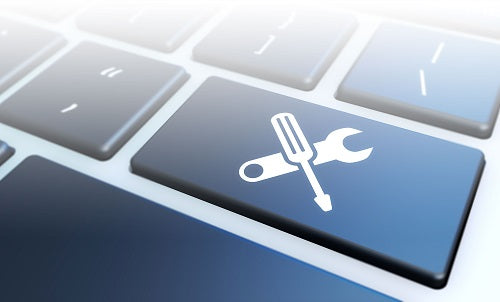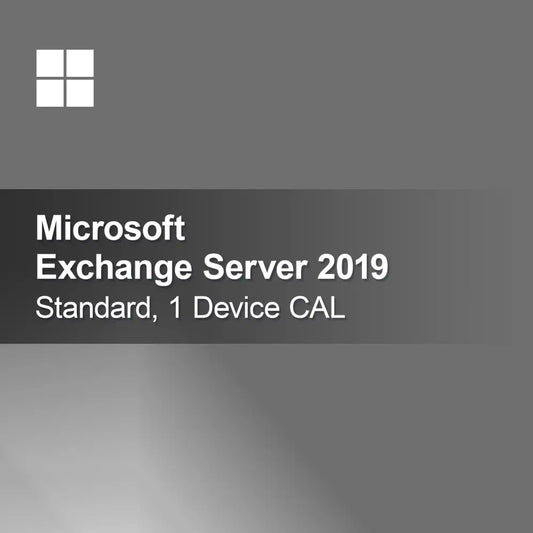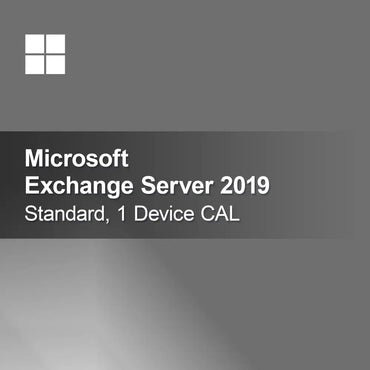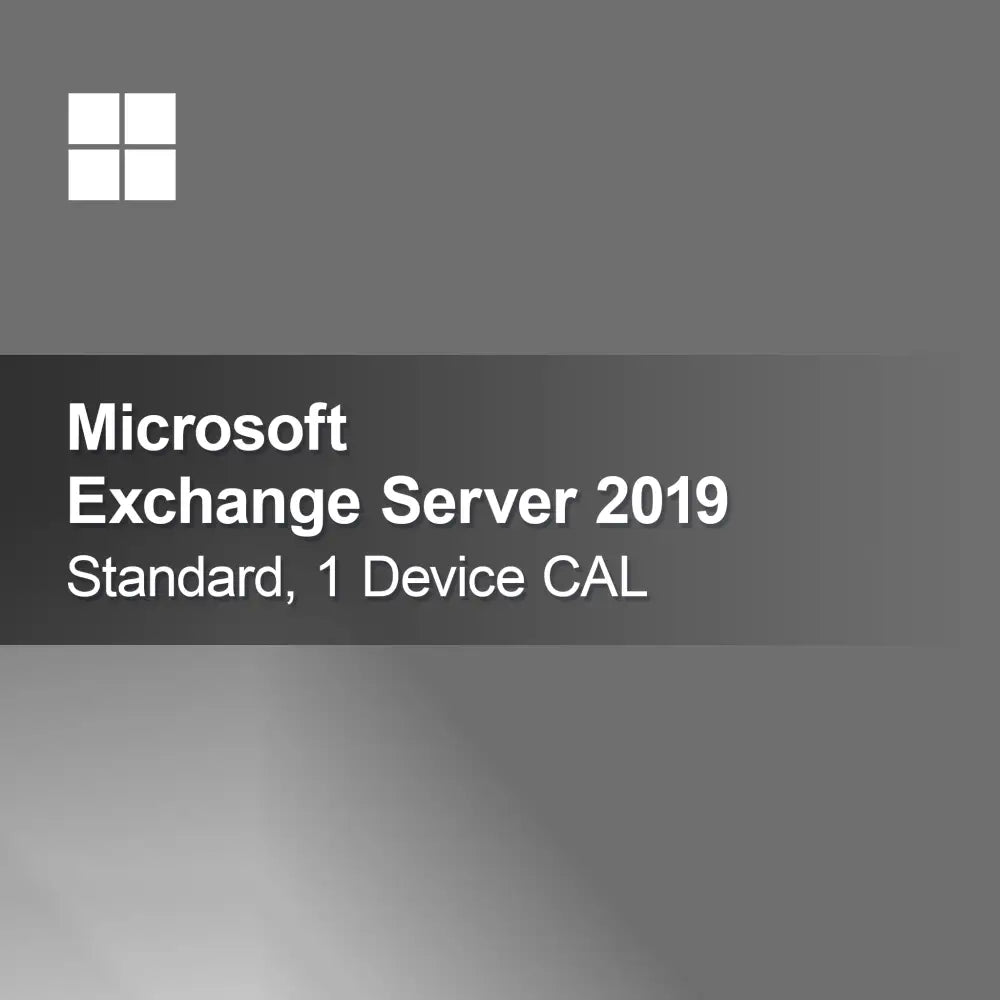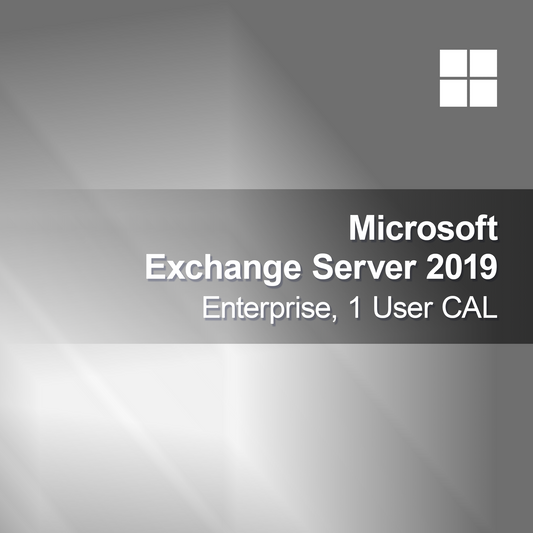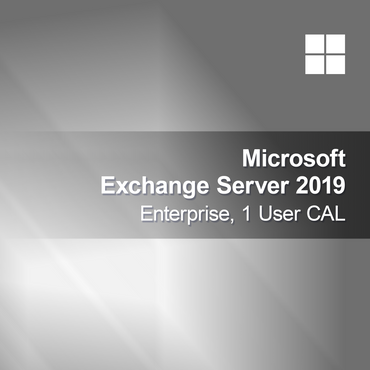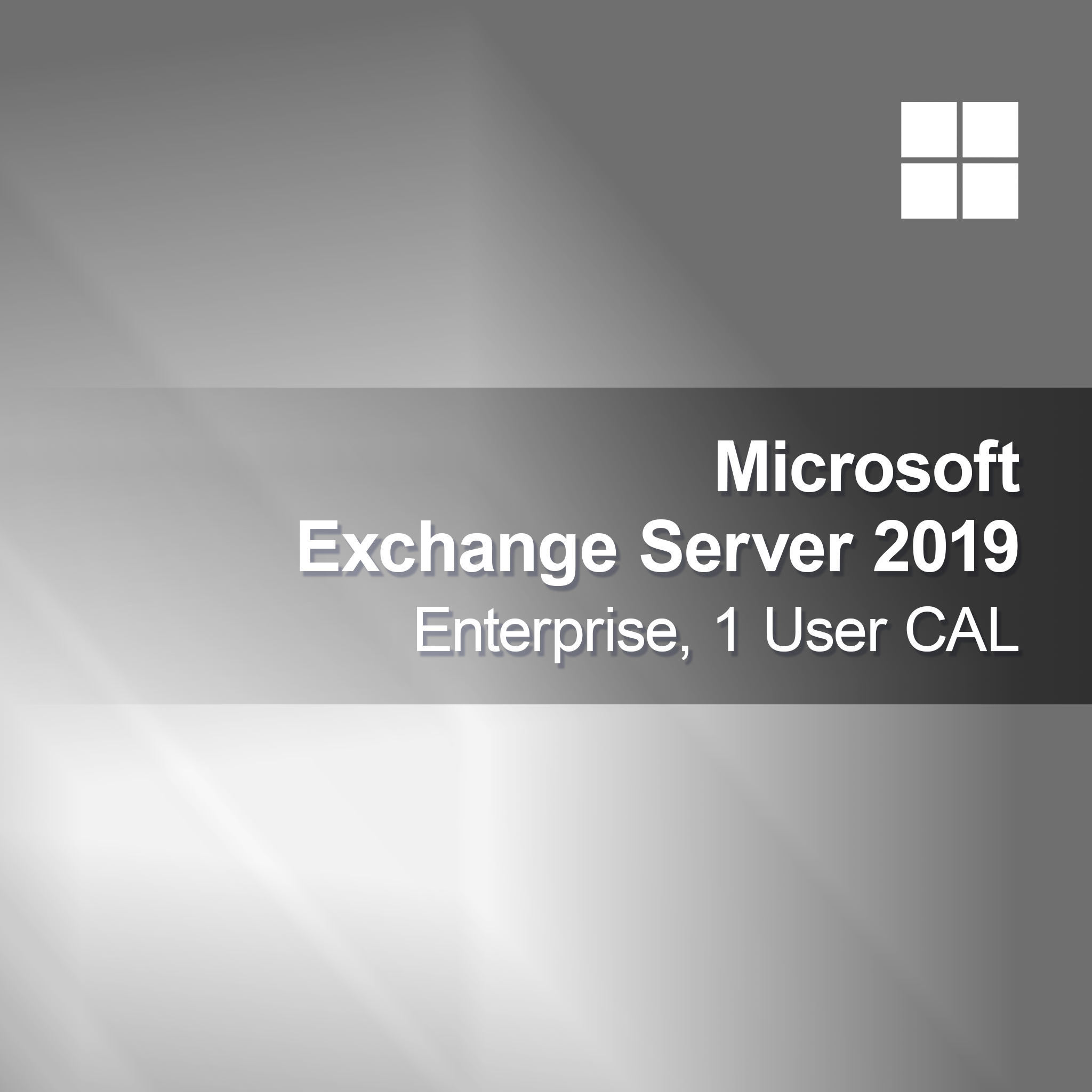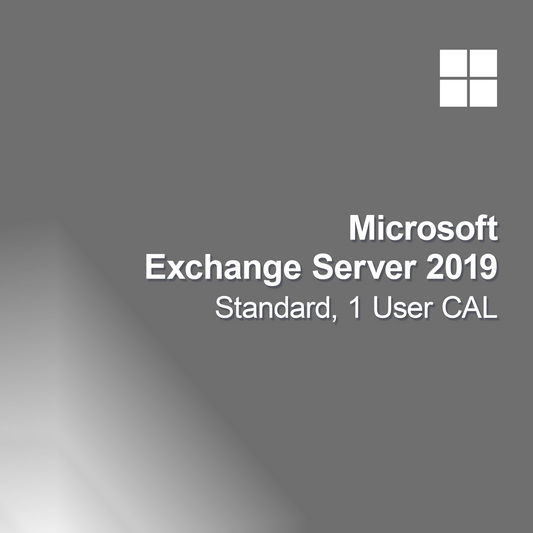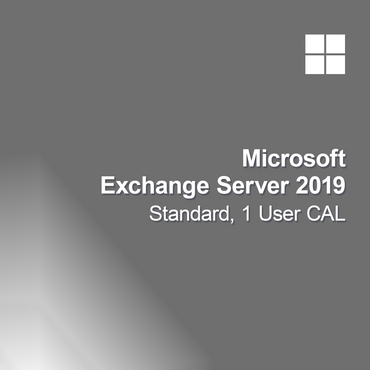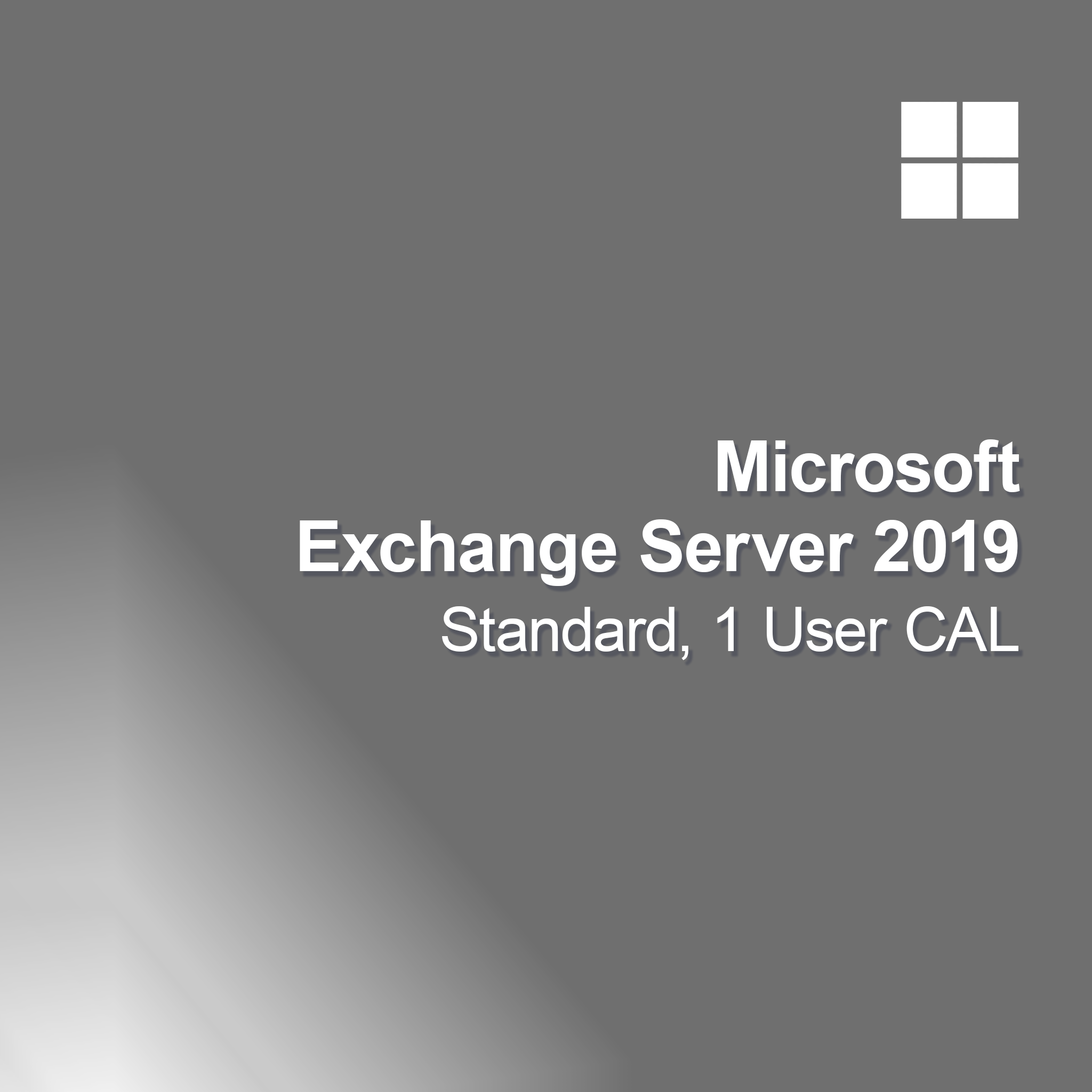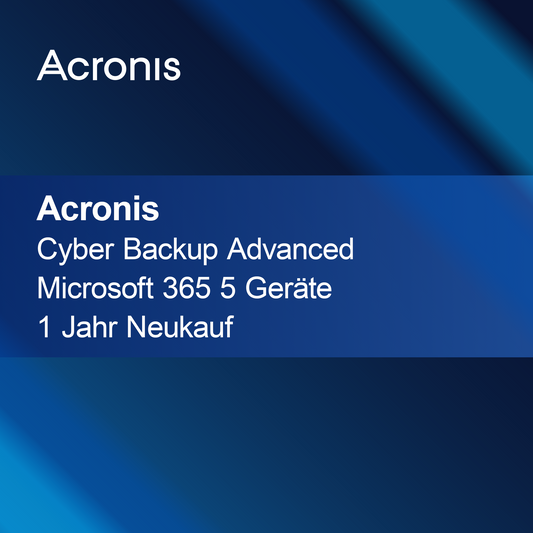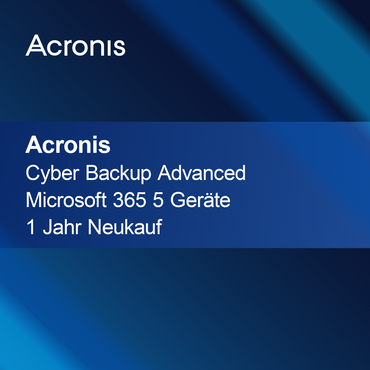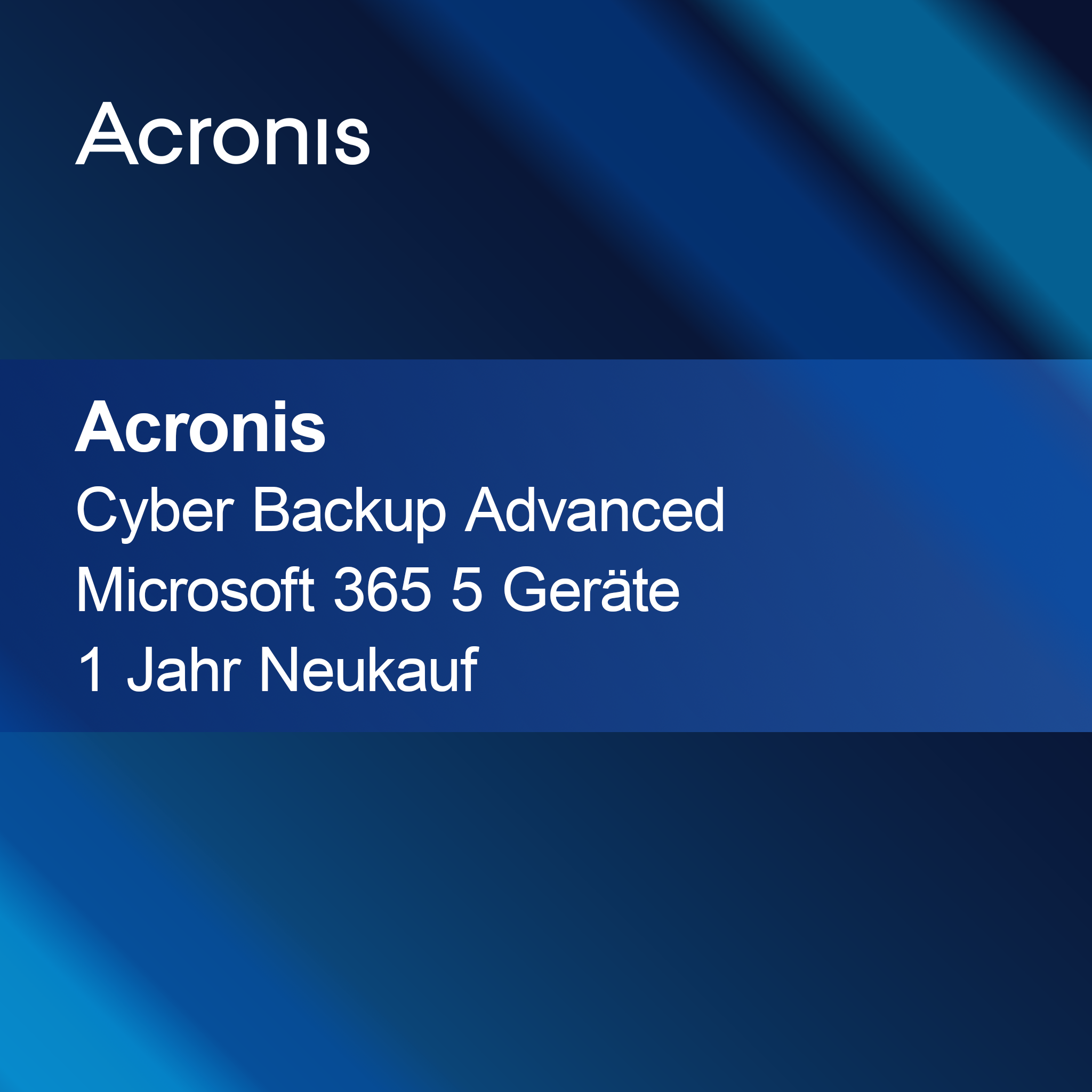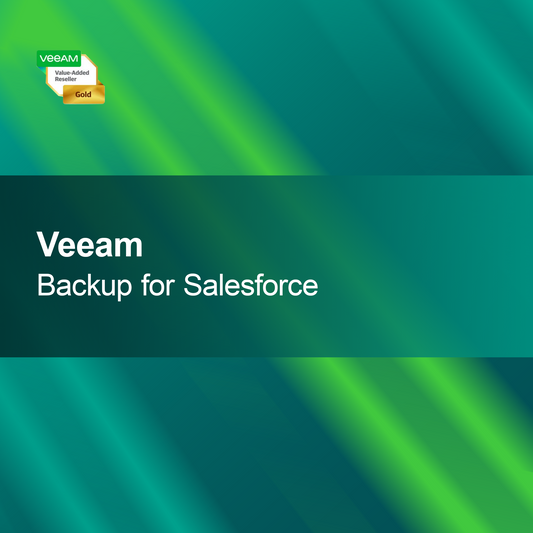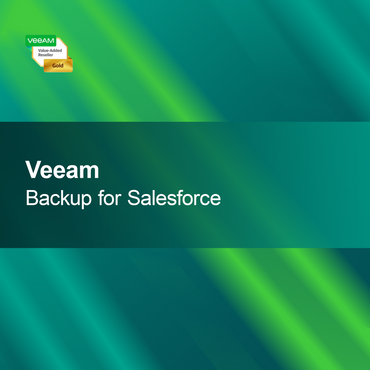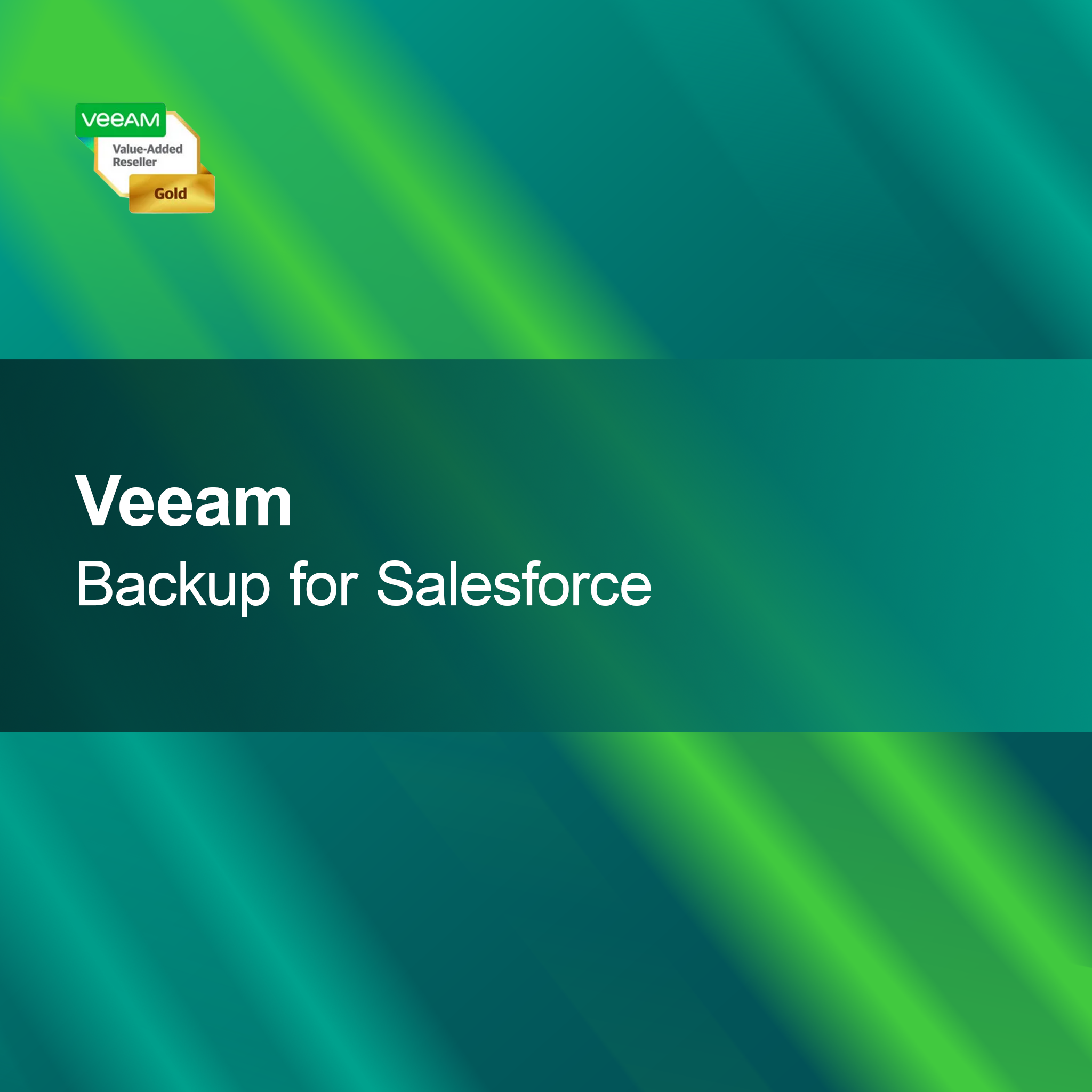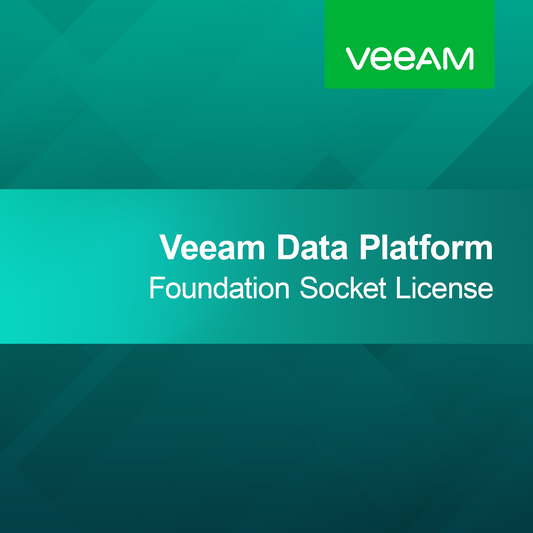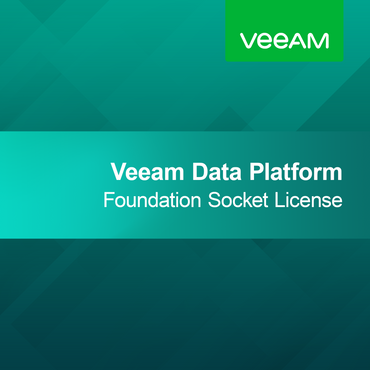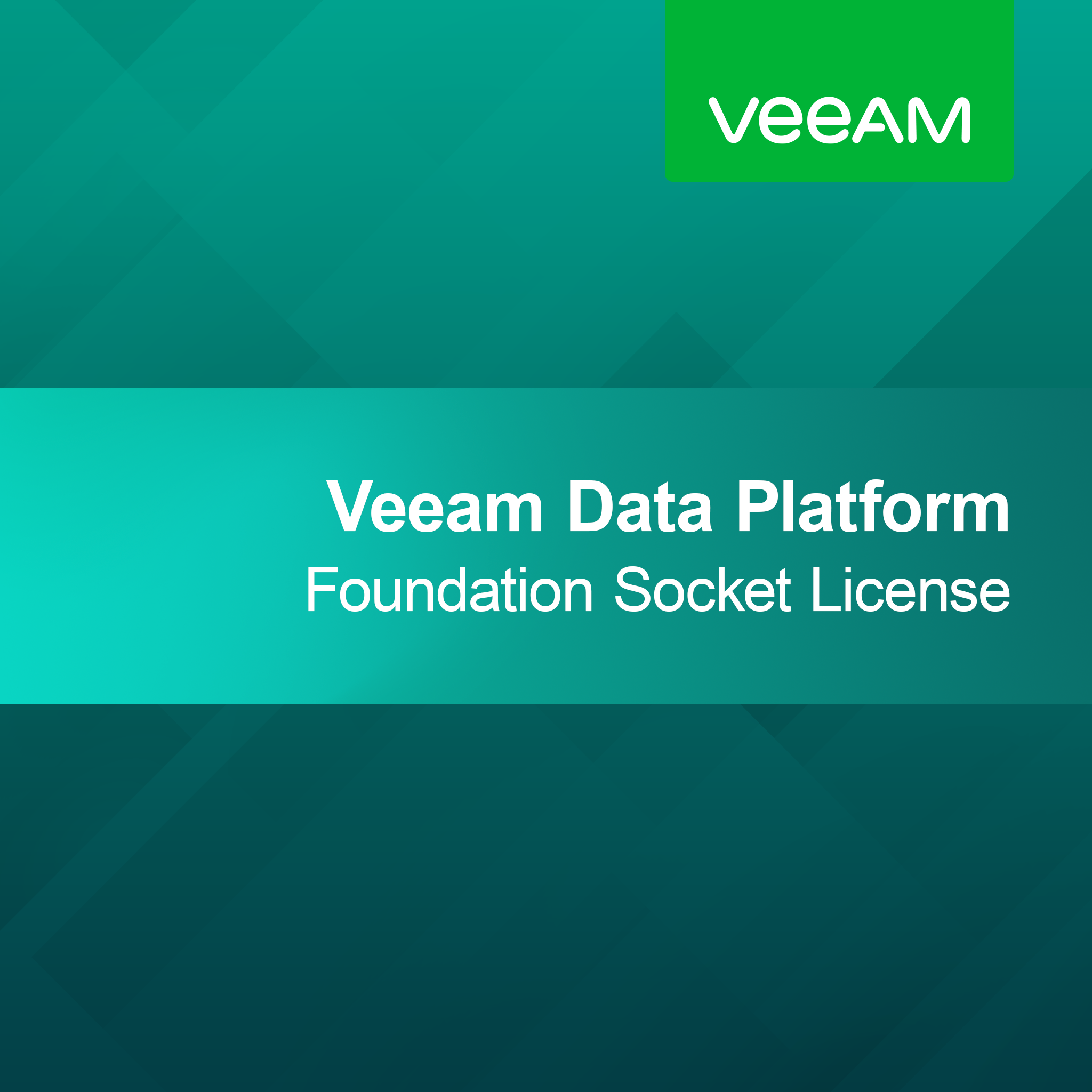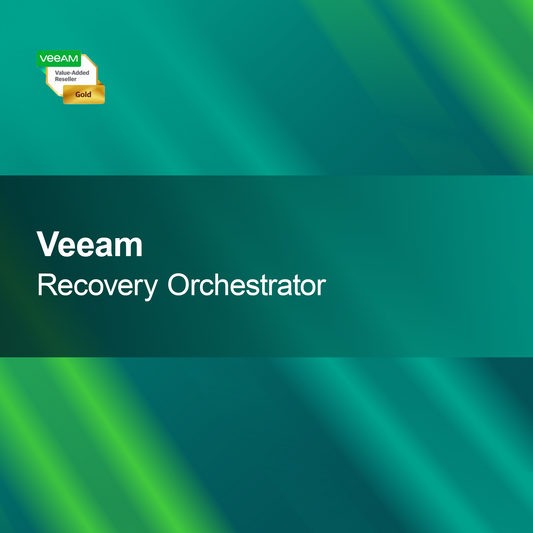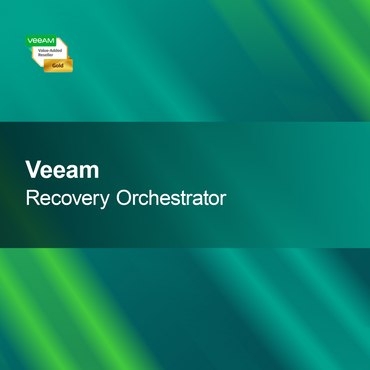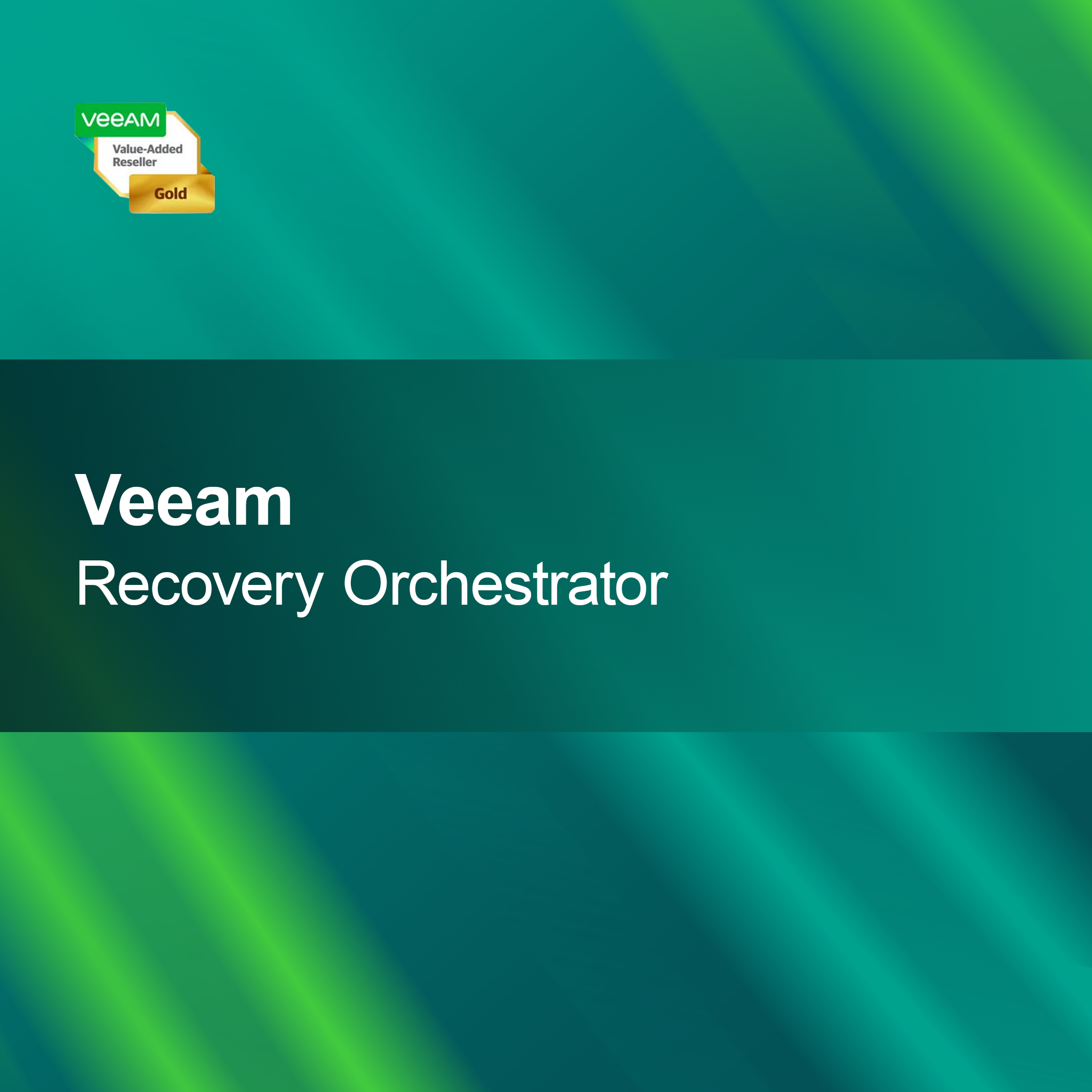-
Microsoft Exchange Server 2019 Standard, 1 Device CAL
Regular price €33,95Sale price €33,95 Regular priceUnit price perMicrosoft Exchange Server 2019 Standard, 1 Device CAL With the license key for Microsoft Exchange Server 2019 Standard, 1 Device CAL, you get a powerful and...
-
Microsoft Exchange Server 2019 Enterprise, 1 User CAL
Regular price €39,95Sale price €39,95 Regular priceUnit price perMicrosoft Exchange Server 2019 Enterprise, 1 User CAL With the license key for Microsoft Exchange Server 2019 Enterprise, you get a powerful solution for email, calendar,...
-
Microsoft Exchange Server 2019 Standard, 1 User CAL
Regular price €33,95Sale price €33,95 Regular priceUnit price perMicrosoft Exchange Server 2019 Standard, 1 User CAL With the license key for Microsoft Exchange Server 2019 Standard, 1 User CAL, you get a powerful solution...
Exchange Server CAL 2019
Is the Exchange Server CAL 2019 suitable for my needs?
The Exchange Server CAL 2019 (Client Access License) is a license that allows users to access the features of the Exchange Server. This version offers numerous improvements in terms of security, performance, and user-friendliness. If you are looking for a reliable solution for email management, calendar, and contacts, the CAL 2019 could be a good choice for your business, especially if you are already familiar with earlier versions.
What advantages does the Exchange Server CAL 2019 offer?
The Exchange Server CAL 2019 brings a number of benefits, including enhanced security features that increase the protection of your data. Additionally, you benefit from an optimized user interface that makes navigation and use of the software easier. The CAL allows you to access all the basic functions of the Exchange Server, including email, calendar, and task management, which promotes team collaboration.
What license types are available for the Exchange Server CAL 2019?
Various license types are available for the Exchange Server CAL 2019, including Standard and Enterprise CALs. The Standard CAL offers basic features, while the Enterprise CAL includes advanced features such as Unified Messaging and enhanced security options. It is important to choose the appropriate license type to ensure you can use all the necessary features for your business.
What should I consider during installation?
When installing the Exchange Server CAL 2019, you should ensure that your server meets the required system specifications. These include a supported operating system, sufficient memory, and a suitable hardware configuration. It is advisable to close all other applications before installation to avoid potential conflicts. Careful preparation ensures a smooth installation and use of the software.
- Enhanced security features to protect your data
- Optimized user interface for a better user experience
- Access to email, calendar, and task management
How do I activate the Exchange Server CAL 2019?
Activation of the Exchange Server CAL 2019 is usually done via a product key provided at purchase. After installation, you will be prompted to enter this key. It is important to keep the key safe, as it may be needed for future installations or maintenance. Successful activation grants you full access to all the features of the CAL.
How does the Exchange Server CAL 2019 differ from previous versions?
The Exchange Server CAL 2019 offers numerous improvements compared to earlier versions like 2016 or 2013. These include enhanced security features, an improved user interface, and new functions that facilitate collaboration. While previous versions may have offered basic features, the CAL 2019 places a stronger focus on user-friendliness and security, making it an attractive option for modern businesses.
What system requirements are necessary for the Exchange Server CAL 2019?
To successfully install the Exchange Server CAL 2019, your server should be running at least Windows Server 2016 or higher. Additionally, at least 8 GB of RAM and 30 GB of free storage space are required. A suitable hardware configuration is crucial to ensure the performance and stability of the software. Check these requirements to ensure the CAL operates smoothly.
